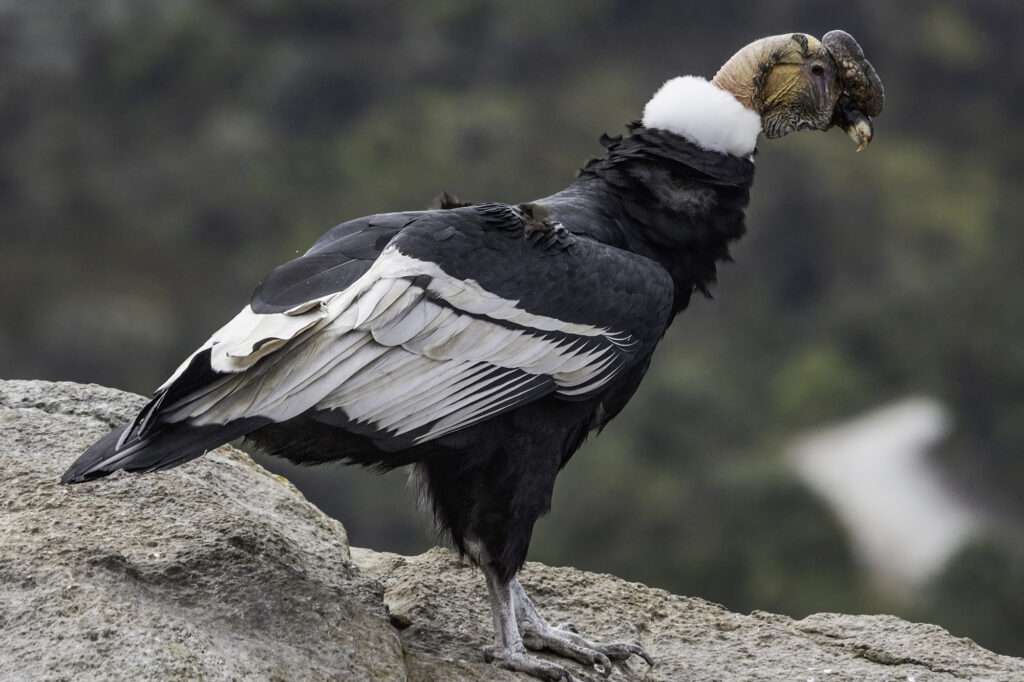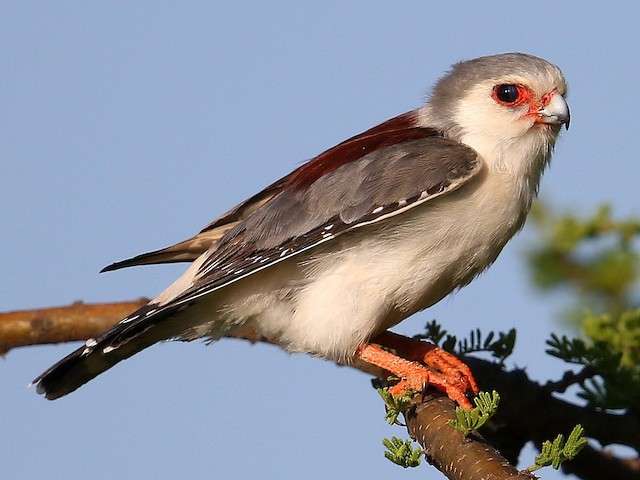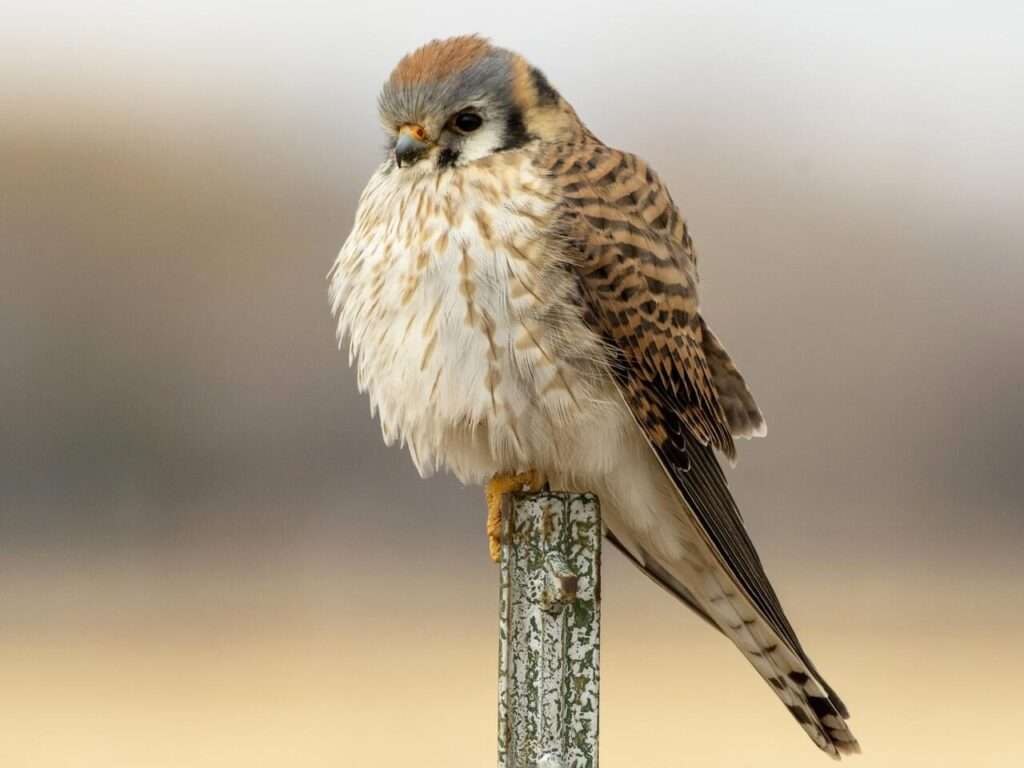
Description
Lifespan: Around 50 years
The solitary member of the genus Vultur is the Andean condor, a bird native to South America and a member of the Cathartidae family of vultures. The adult Andean condor is entirely black with the exception of a white feathers frill at the neck base and, particularly in the male, enormous white stripes on the wings, which only appear after the first molt. The beautifully kept scarlet to blackish-red head and neck have few feathers. The heads and necks of juveniles are blackish-gray with a brown ruff. The toes of the Andean condor have very straight, blunt talons, and the middle toe is significantly longer than the barely developed hind toe.
Habitat/ Native Range
South America’s Andes, notably the Santa Marta Mountains, are home to Andean condors. They are extremely scarce in Venezuela and Colombia, where its range starts in the north. From there, it moves south through the Andes through Ecuador, Bolivia and, Peru, Chile, and western Argentina to Tierra del Fuego. A lot of open grasslands and mountainous regions are home to andean condors. These birds choose regions that are not heavily vegetated and are rather open so they can identify carrion from the air. Rarely, they may be seen in lowlands, arid regions, and above southern beech forests.

Behavior
Andean condors spend the majority of the day flying through the skies, frequently travelling more than 200 km (120 mi) every day in search of carrion. These birds are primarily scavengers, although they may also hunt small, living creatures, which they typically dispatch by jabbing their bill repeatedly because they lack strong, gripping feet or an advanced hunting method. Andean condors also spend a lot of time lying on their backs with their wings outstretched. They use the sun to stay warm and keep their feathers in good condition. Andean condors spend time with each other and roost together on cliffs and rocky outcrops outside of the nesting season. Each condor group has a complex social structure, with individuals competing to establish a “pecking order” through body language, aggressive play, and vocalizations.
Table





